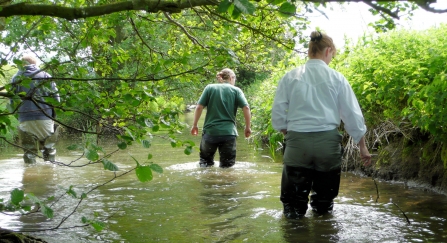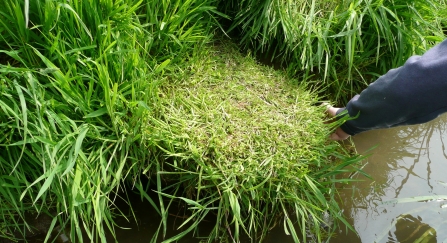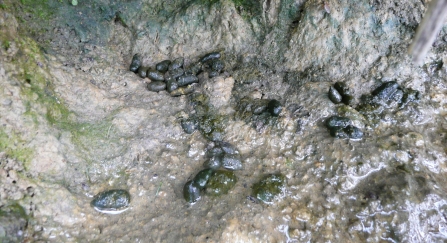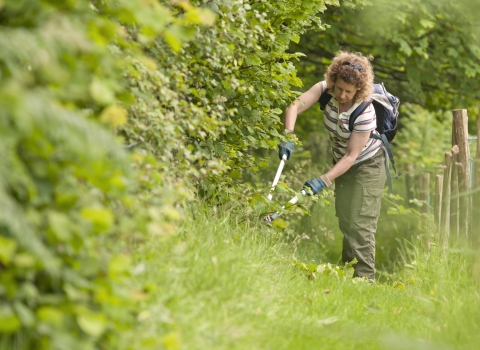One day could involve a butterfly survey on a beautiful nature reserve in glorious sunshine, the next scrambling along riverbanks looking for water vole surveys in the rain. Today’s survey is the latter.
A section of the River Cole is our destination, a river that has a known water vole population. This makes it an important area to survey, to make sure the water voles are doing okay here, as they’ve declined in many areas.
One of the interesting things about water vole surveys is the fact that they aren’t always on nature reserves. As the voles mainly follow rivers, it’s important to survey as much of a stretch of river as possible.
This can take you through farmer’s fields, back gardens and even pubs. All with landowners permission of course!





